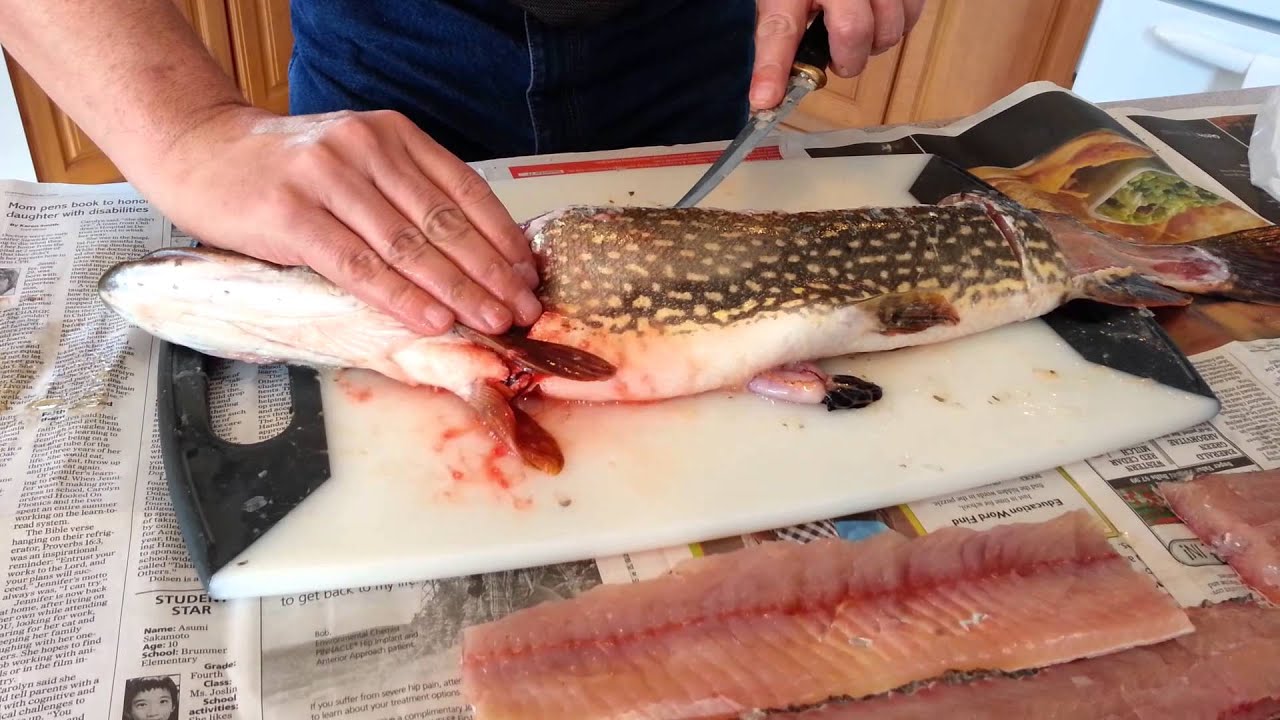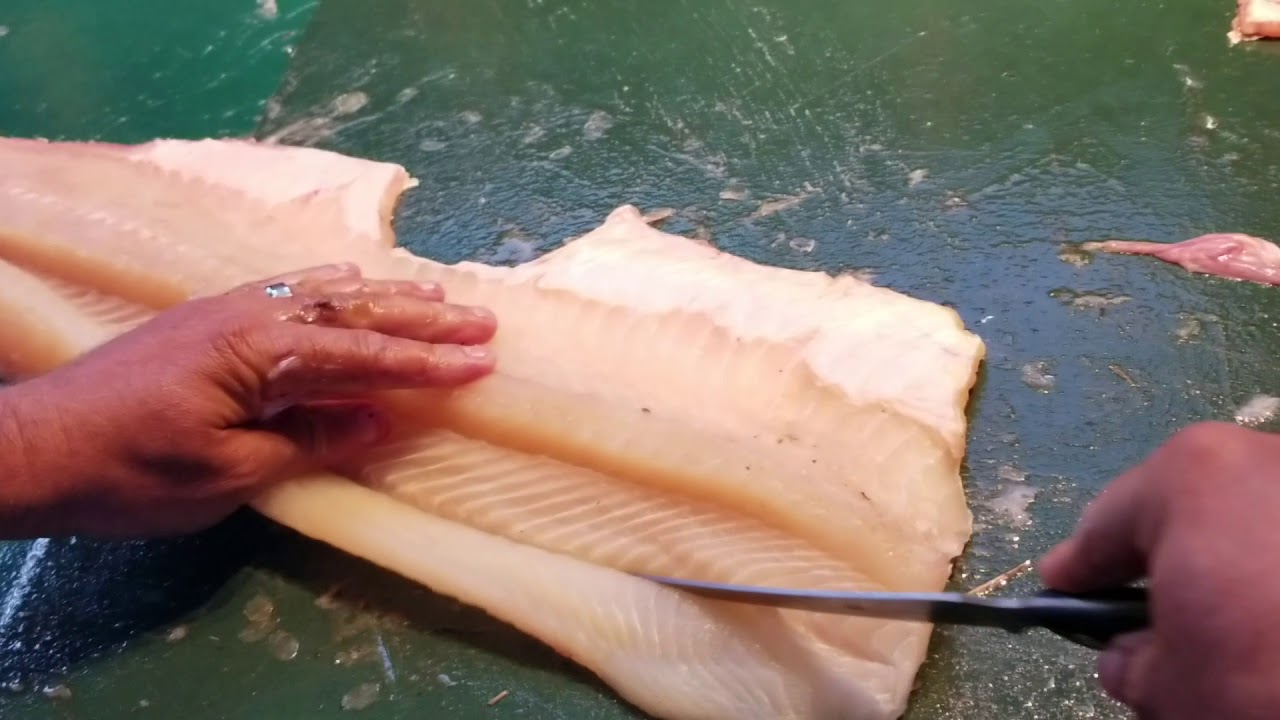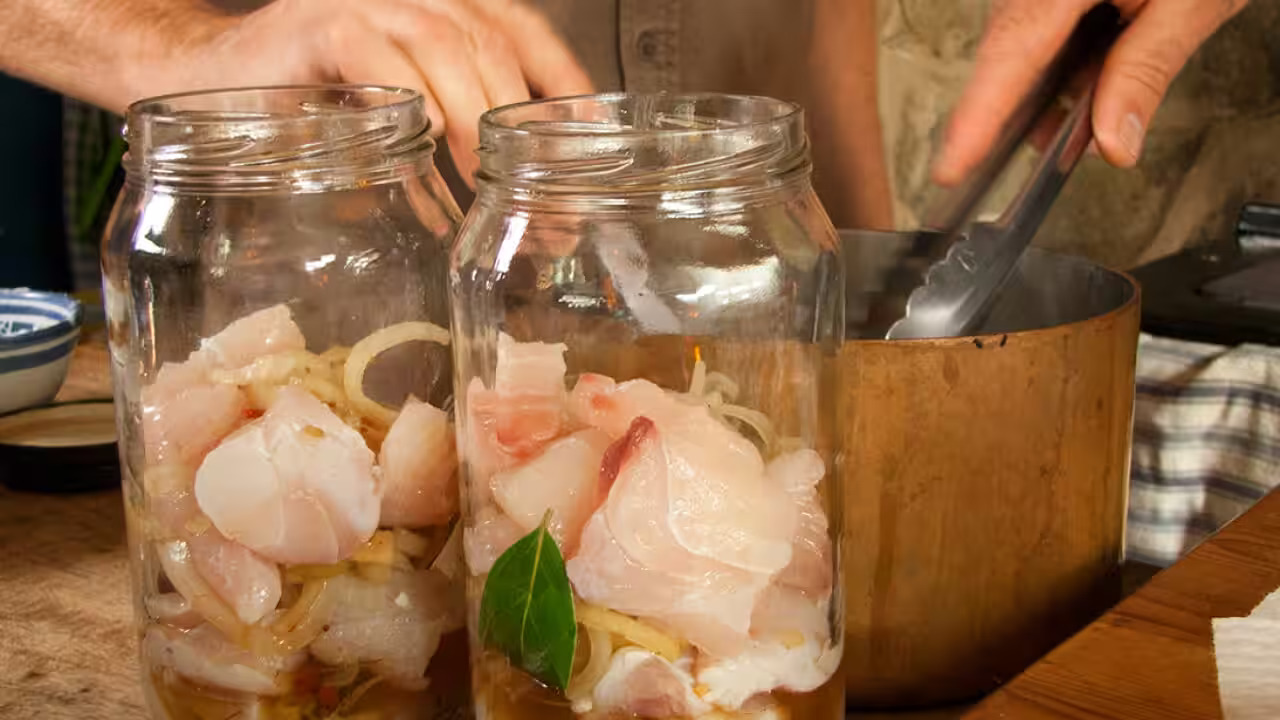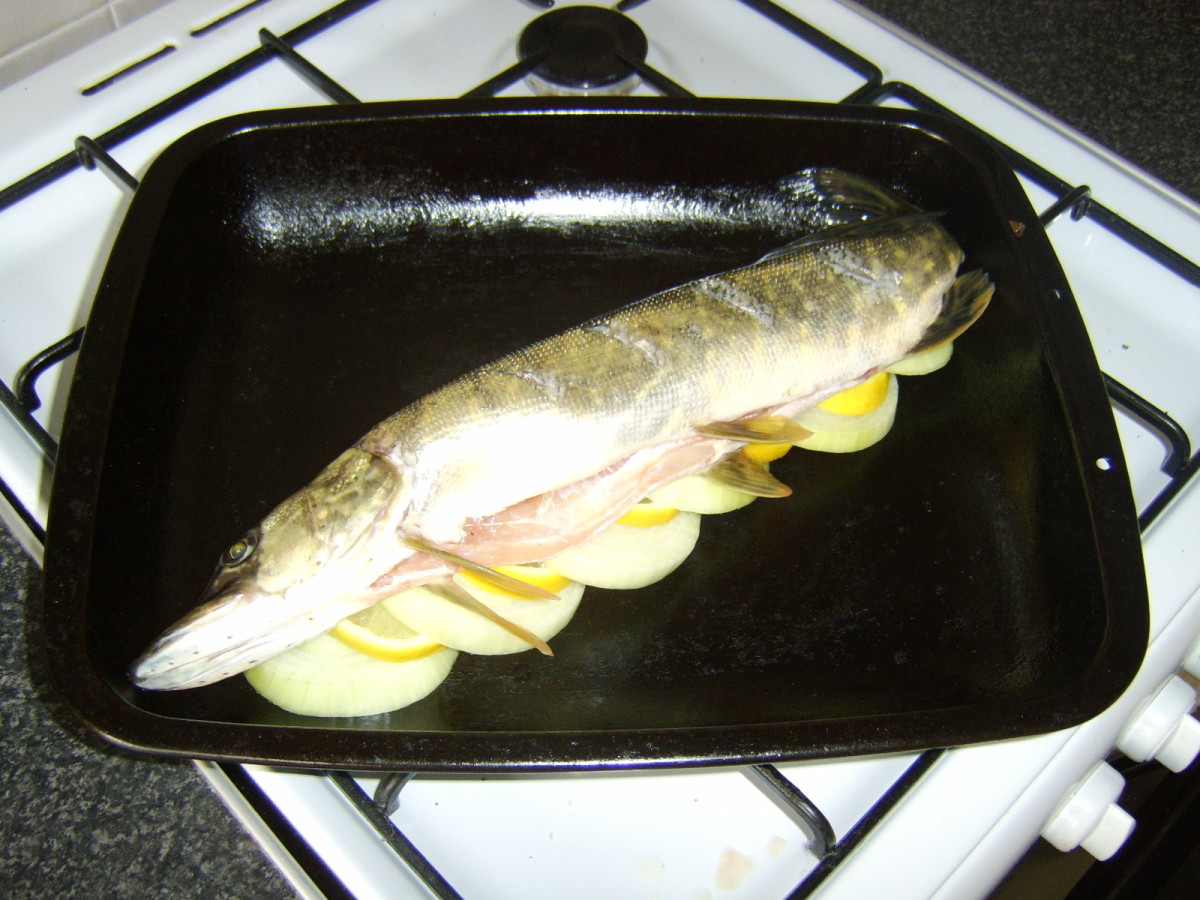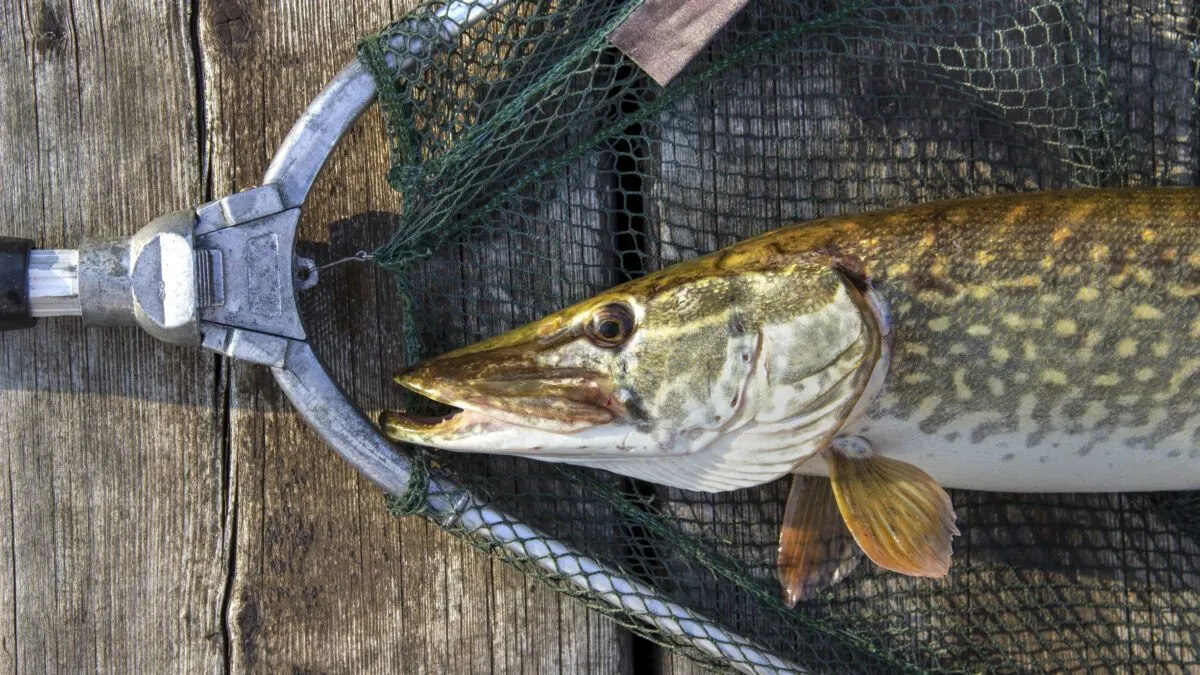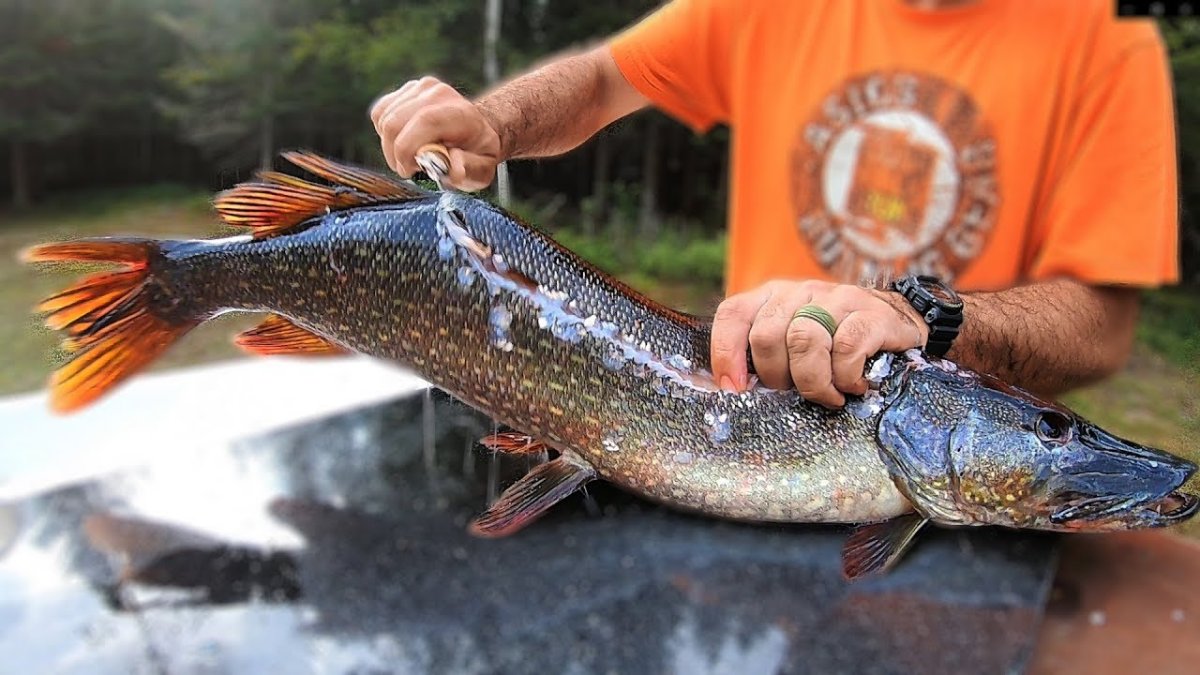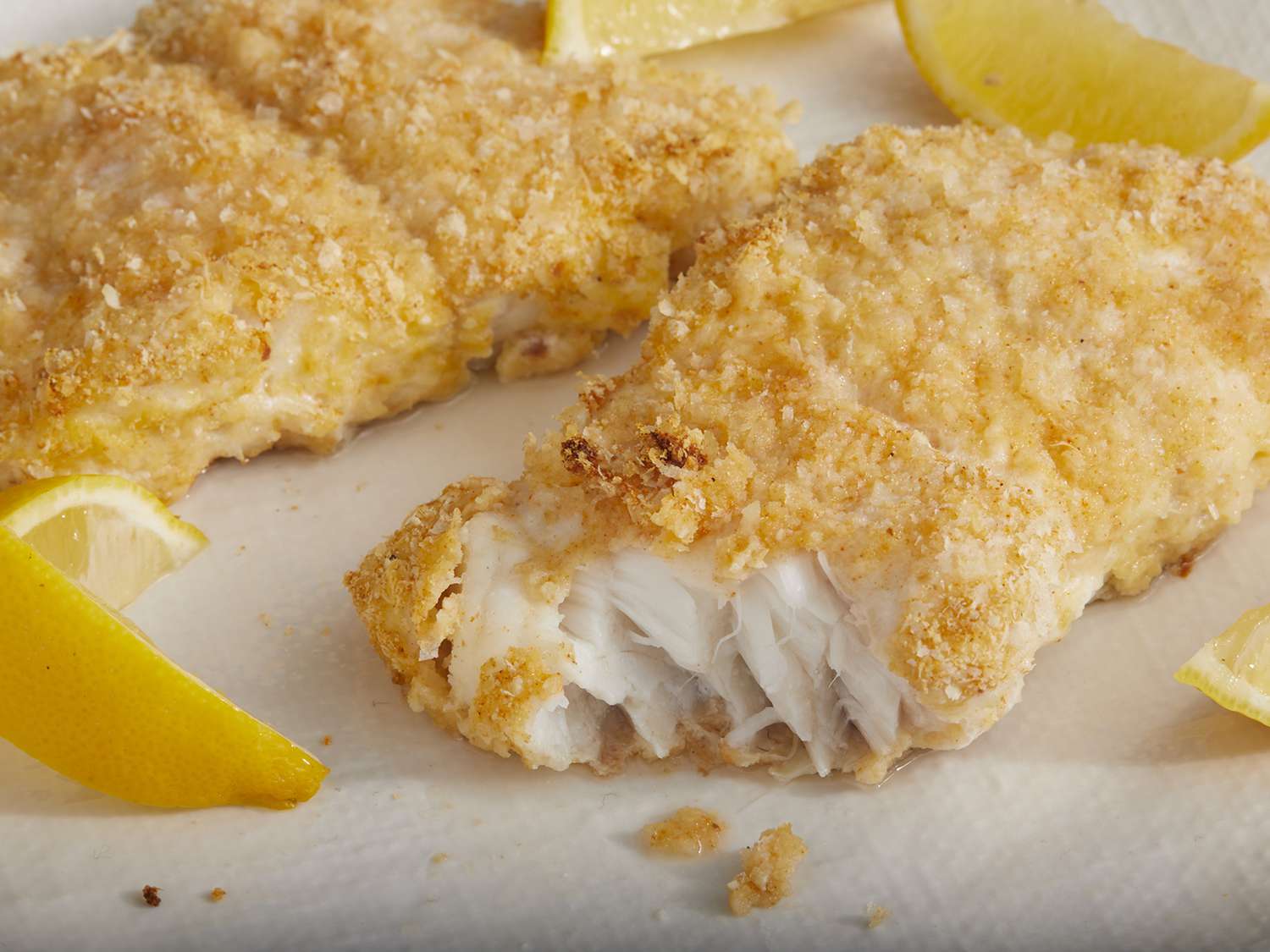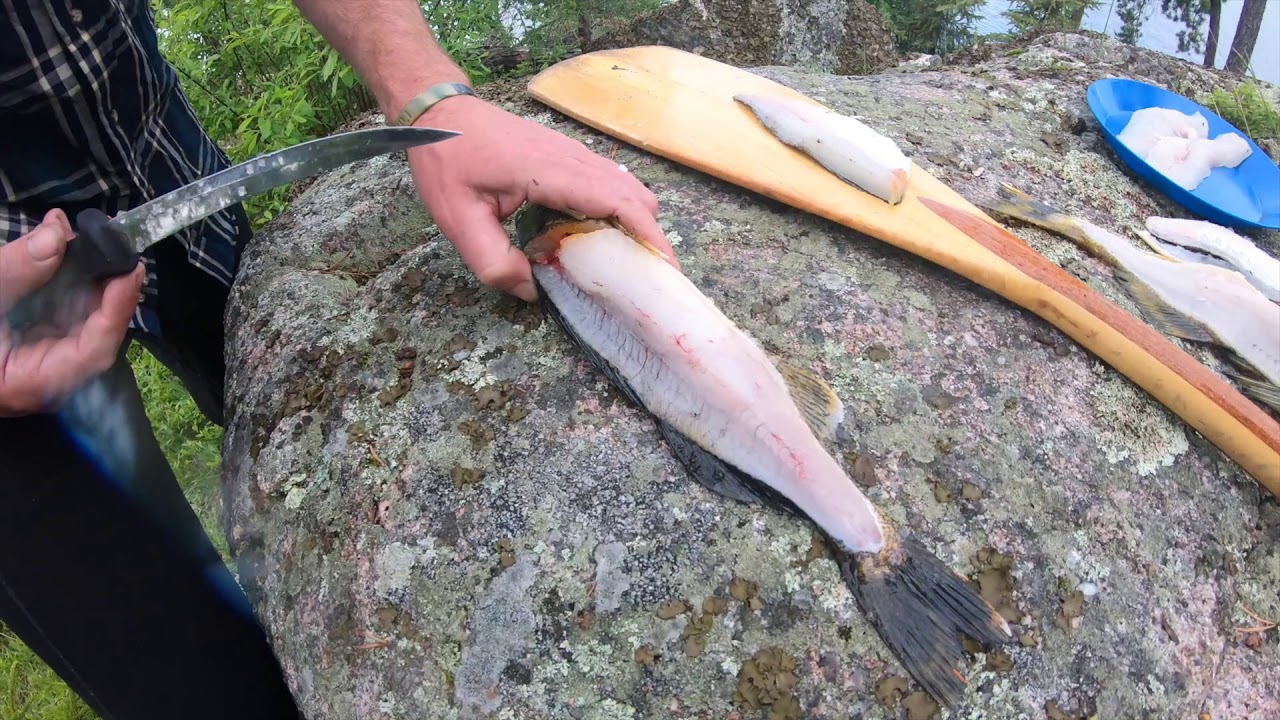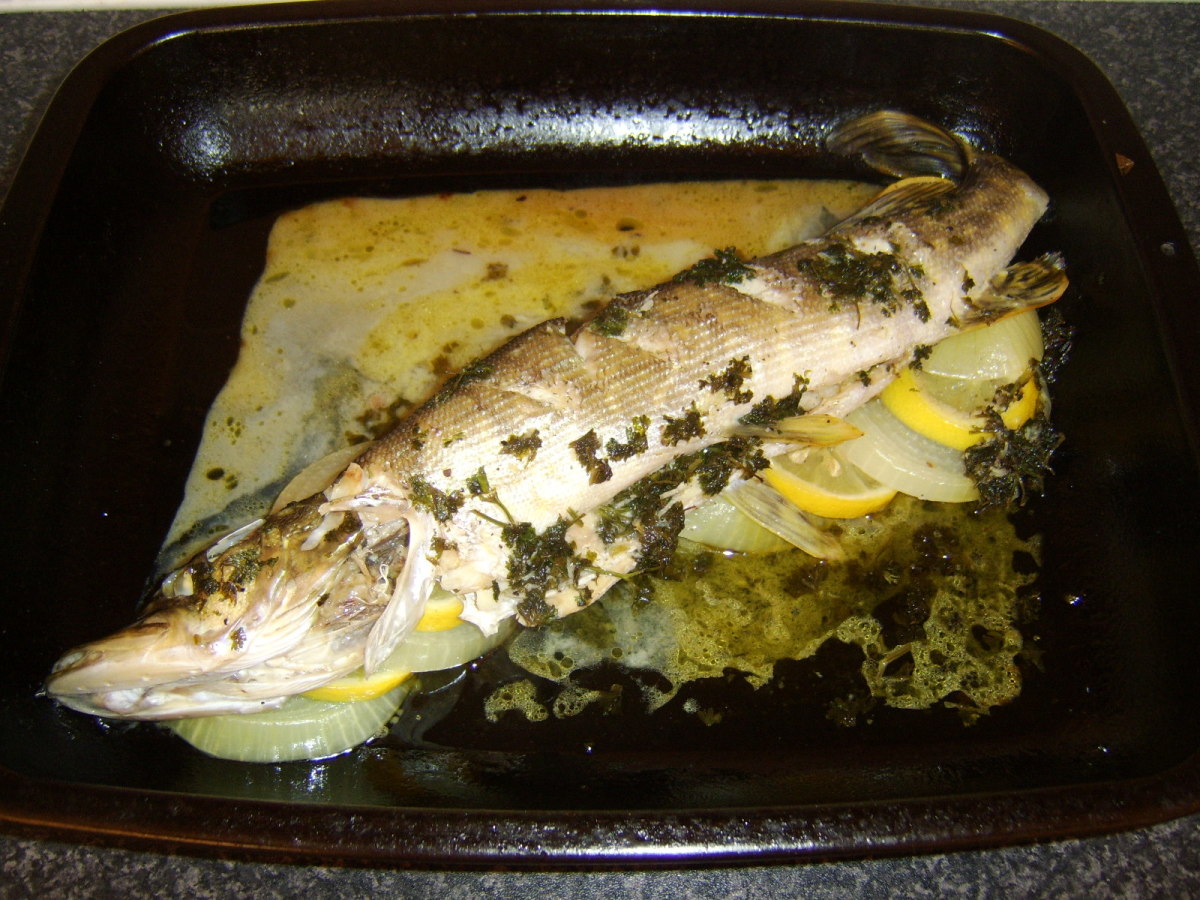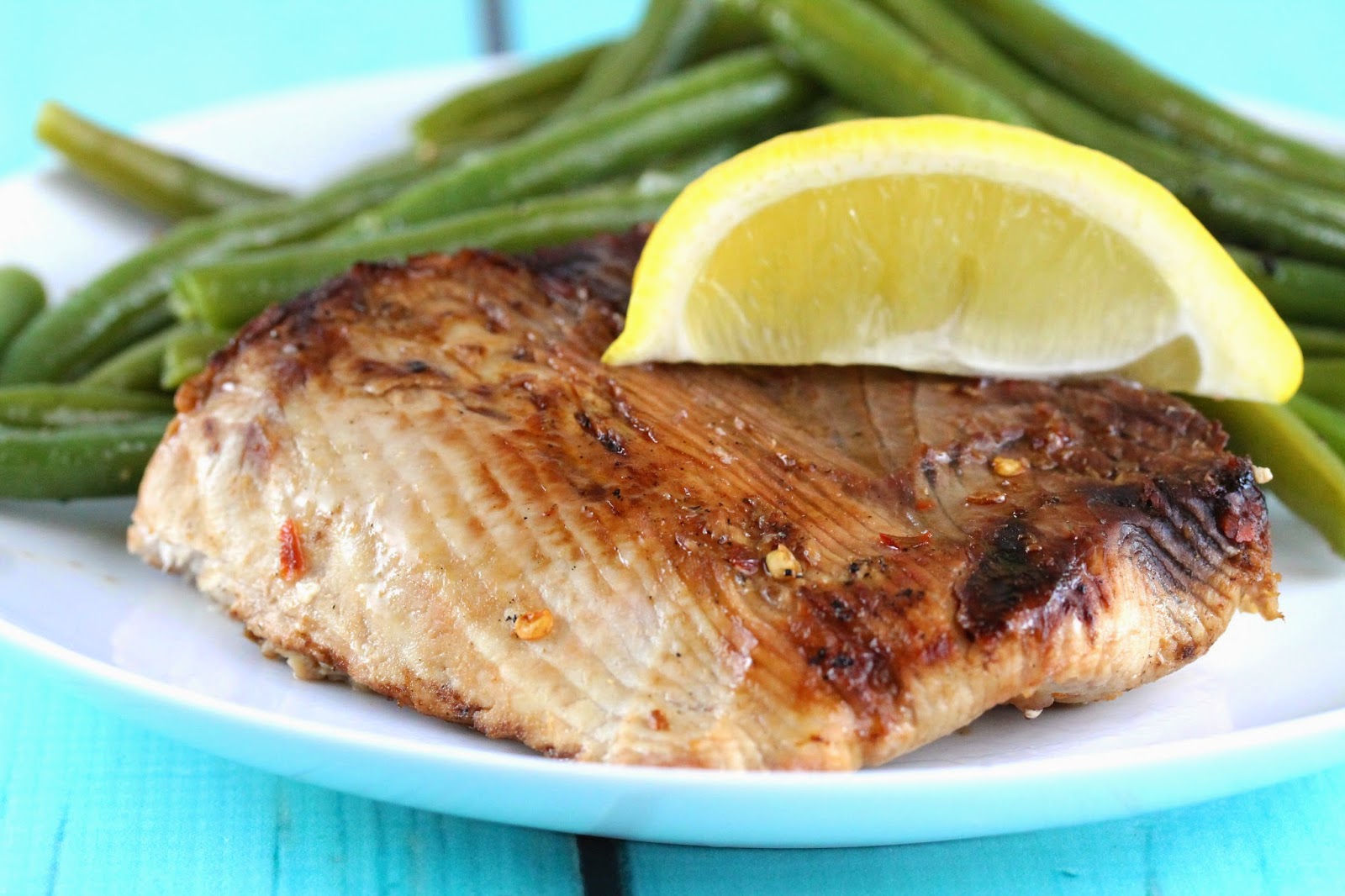When it comes to filleting pike, it's important to have the right tools and techniques to ensure that you end up with delicious, boneless fillets. Pike, also known as northern pike, is a popular fish among anglers and can be a tasty addition to any meal when prepared properly. In this guide, we'll walk you through the process of filleting a pike so that you can enjoy this flavorful fish with ease.
Tools Needed
Before you begin filleting your pike, make sure you have the following tools on hand:
- Sharp Fillet Knife: A sharp, flexible fillet knife is essential for cleanly removing the skin and bones from the pike.
- Cutting Board: Use a stable cutting board to provide a secure surface for filleting.
- Pliers: Pliers can be helpful for removing any remaining bones from the fillet.
Step-by-Step Guide to Filleting Pike
Follow these steps to fillet your pike:
-
Prepare the Pike: Rinse the pike under cold water and pat it dry with paper towels. Place the fish on the cutting board.
-
Make the Initial Cut: Using a sharp fillet knife, make a diagonal cut behind the pike's gills and pectoral fin, angling the knife towards the head. This initial cut will open up the pike for further filleting.
-
Remove the Head: With the pike's head now separated from the body, discard it or save it for other uses, such as making fish stock.
-
Remove the Skin: Starting at the head end, insert the knife between the flesh and the skin. Use a back-and-forth sawing motion while holding the skin firmly to separate it from the fillet.
-
Remove the Rib Bones: Run the knife along the rib bones to separate the fillet from the bones. Use caution to avoid cutting through the rib bones, as this can result in a less clean fillet.
-
Repeat on the Other Side: Flip the pike over and repeat the process to fillet the other side.
-
Check for Bones: Once the fillets are removed, carefully run your fingers over the flesh to check for any remaining bones. Use pliers to remove any bones that may still be present.
Tips for Success
- Keep Your Knife Sharp: A sharp knife will make the filleting process much easier and safer.
- Work Carefully: Take your time and work methodically to ensure that you end up with clean, boneless fillets.
- Practice Makes Perfect: If you're new to filleting pike, don't be discouraged if your first attempts aren't perfect. With practice, you'll improve your technique.
Cooking with Pike Fillets
Once you have your pike fillets, there are countless ways to prepare and enjoy them. Whether you prefer to pan-sear, bake, or grill your pike, the mild, slightly sweet flavor of the fish lends itself well to a variety of seasonings and cooking methods. Consider trying a simple seasoning of salt, pepper, and lemon juice for a classic preparation, or get creative with your favorite herbs and spices.
In conclusion, filleting pike is a straightforward process that, with a little practice, can yield delicious, boneless fillets that are perfect for cooking. By following the steps outlined in this guide and arming yourself with the right tools, you'll be well on your way to enjoying the flavorful taste of pike in your favorite dishes.
